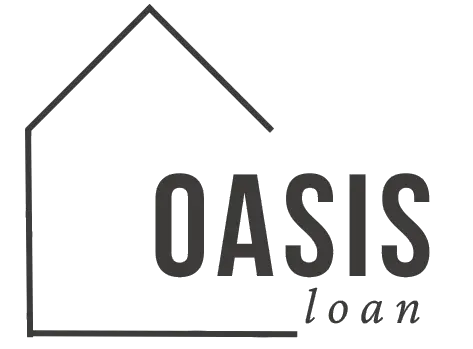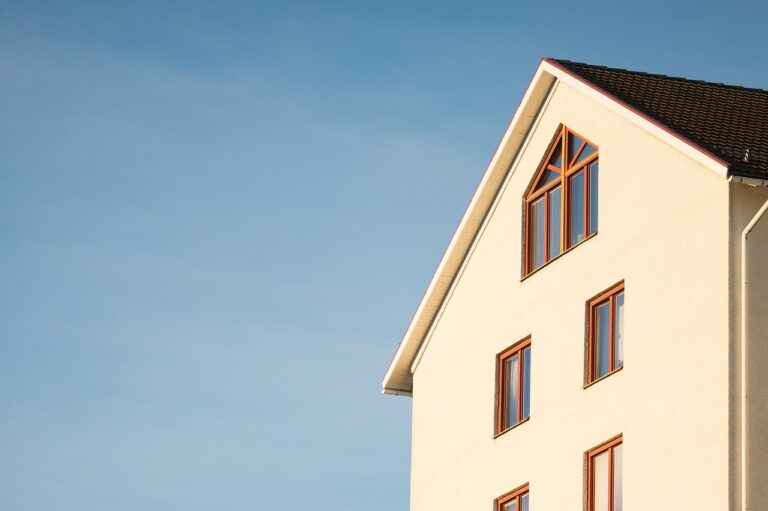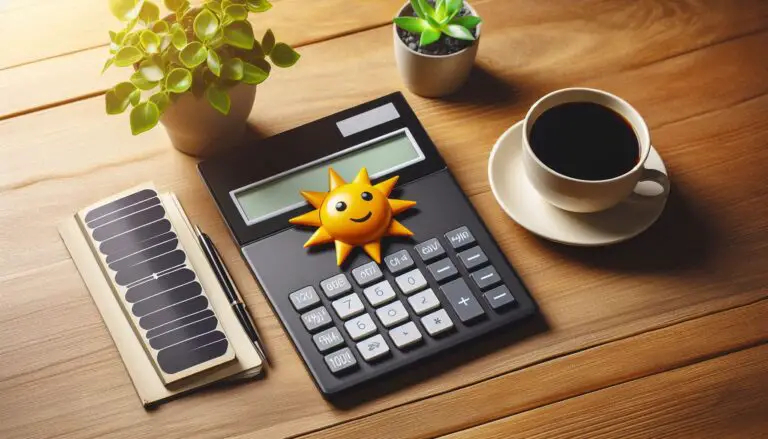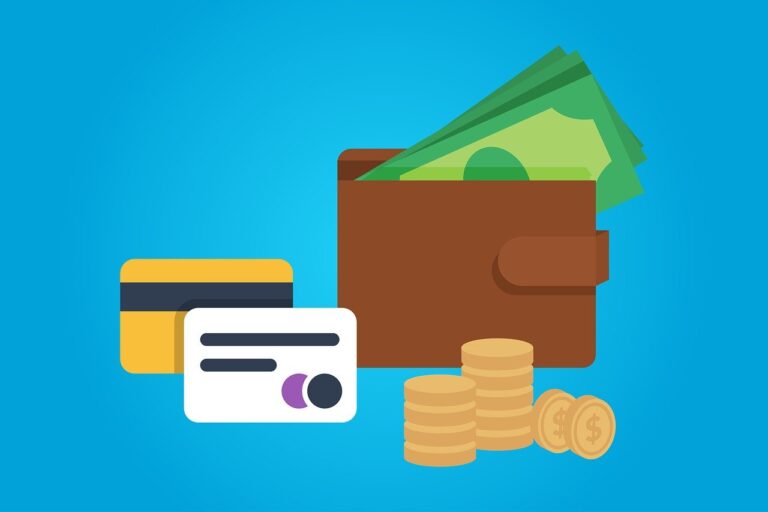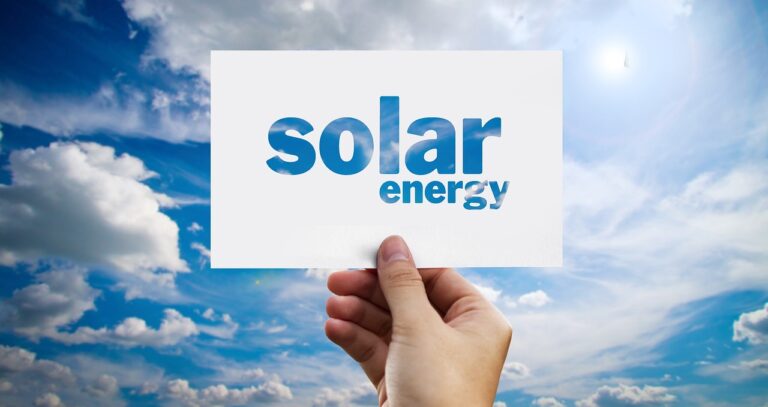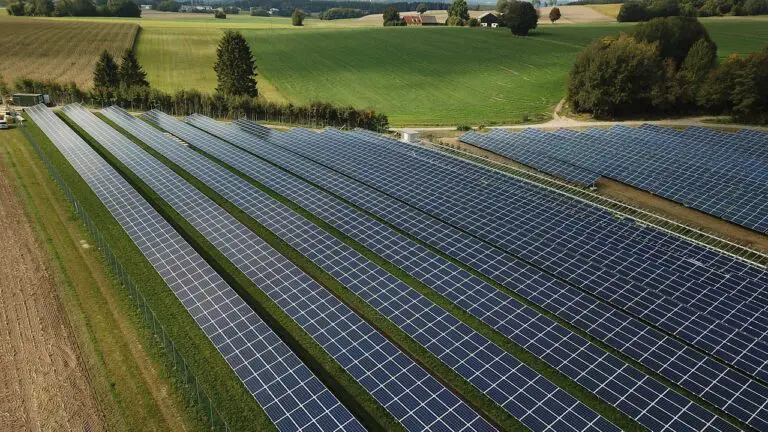Eco-Friendly Home Improvements That Qualify for Green Home Improvement Loans
Eco-friendly home improvements are not just a trend—they’re a practical way to increase your home’s energy efficiency while contributing to environmental sustainability. If you’re considering making green upgrades, green home improvement loans can help finance these projects. Below, we’ll explore various eco-friendly improvements that qualify for these loans and how they can benefit you.
1. Solar Panel Installations: A Smart Choice for Loans for Solar Panels
Why Choose Solar Panels?
Installing solar panels on your roof is one of the most effective ways to reduce your home’s reliance on non-renewable energy sources. Loans for solar panels make this significant investment more accessible by providing the necessary funding to cover installation costs.
Benefits:
- Energy Savings: Solar panels can drastically lower your electricity bills by harnessing the power of the sun.
- Environmental Impact: Solar energy is clean and reduces greenhouse gas emissions.
- Increased Home Value: Homes with solar panels often have higher resale values.
According to the U.S. Department of Energy, solar panels can significantly decrease your energy costs over time (source).
Types of Solar Panels
When considering solar panel installation, you have several options:
- Monocrystalline Panels: Known for their high efficiency and durability, these are a popular choice for residential properties.
- Polycrystalline Panels: Generally less expensive but slightly less efficient than monocrystalline panels.
- Thin-Film Panels: Lightweight and flexible, though they may require more space for the same energy output.
Each type has its advantages, so consult with a professional to determine which is best for your home (source).
2. Energy-Efficient Windows and Doors
Enhancing Insulation
Upgrading your windows and doors to energy-efficient models can significantly impact your home’s energy use. Green home improvement loans often cover these improvements, which can enhance your home’s insulation.
Benefits:
- Reduced Energy Bills: Energy-efficient windows and doors help maintain consistent indoor temperatures.
- Improved Comfort: They prevent drafts and reduce noise from outside.
- Increased Home Value: These upgrades can add to your home’s market value.
According to the Department of Energy, energy-efficient windows and doors can cut heating and cooling costs by up to 25% (source).
Choosing the Right Products
When selecting energy-efficient windows and doors, consider the following features:
- Low-E Glass: Coated to reduce heat transfer and UV radiation.
- Insulated Frames: Made from materials that provide better insulation.
- Proper Sealing: Ensure windows and doors are properly sealed to prevent leaks.
3. High-Efficiency HVAC Systems
Why Upgrade Your HVAC System?
A high-efficiency HVAC (Heating, Ventilation, and Air Conditioning) system is a crucial component of an eco-friendly home. Green home improvement loans can help fund the installation of these advanced systems, which offer better performance and energy savings.
Benefits:
- Lower Energy Consumption: High-efficiency systems use less energy compared to standard models.
- Enhanced Comfort: They maintain a more consistent indoor temperature and air quality.
- Long-Term Savings: Although the initial investment may be higher, the energy savings over time can be substantial.
The Environmental Protection Agency highlights that upgrading to an ENERGY STAR® certified HVAC system can save homeowners about 20% on their energy bills (source).
Types of High-Efficiency HVAC Systems
- Heat Pumps: Provide both heating and cooling and are known for their efficiency.
- Condensing Furnaces: Utilize advanced technology to maximize energy use.
- Variable-Speed Air Handlers: Adjust airflow for more precise temperature control.
4. Energy-Efficient Appliances
Choosing the Right Appliances
Upgrading to energy-efficient appliances is another way to qualify for green home improvement loans. These appliances consume less energy, reducing your utility bills and carbon footprint.
Benefits:
- Cost Savings: Energy-efficient appliances often lead to lower monthly energy bills.
- Environmental Impact: They use less power and reduce greenhouse gas emissions.
- Rebates and Incentives: Many utility companies offer rebates for purchasing energy-efficient models.
The ENERGY STAR® program provides guidelines and certifications for energy-efficient appliances (source).
Types of Energy-Efficient Appliances
- Refrigerators: Modern models are designed to use less energy while providing superior cooling.
- Washing Machines: Energy-efficient washers use less water and electricity.
- Dishwashers: Newer dishwashers are designed to clean effectively while using less energy and water.
5. Smart Home Technologies
Incorporating Smart Technologies
Smart home technologies can enhance the efficiency of your home and qualify for green home improvement loans. These systems automate various functions, such as lighting and temperature control, to reduce energy consumption.
Benefits:
- Energy Savings: Smart thermostats and lighting systems adjust based on your habits and preferences.
- Convenience: Control your home’s systems remotely using a smartphone or voice commands.
- Increased Efficiency: Automated systems can optimize energy use, reducing waste.
The Department of Energy notes that smart thermostats can save homeowners about 10-12% on heating and cooling costs (source).
Popular Smart Technologies
- Smart Thermostats: Learn your schedule and adjust temperatures automatically.
- Smart Lighting: Allow remote control and programmable settings to reduce energy use.
- Smart Plugs: Enable you to control power to appliances and electronics.
6. Rainwater Harvesting Systems
Benefits of Rainwater Harvesting
Installing a rainwater harvesting system can be an excellent way to improve your home’s sustainability and qualify for green loans. These systems collect and store rainwater for various uses, such as irrigation and flushing toilets.
Benefits:
- Reduced Water Bills: Use harvested rainwater for non-potable purposes, lowering your water expenses.
- Environmental Impact: Reduces demand for municipal water supplies and decreases runoff pollution.
- Sustainability: Provides a renewable source of water for your home.
The Environmental Protection Agency provides guidance on rainwater harvesting and its benefits (source).
Types of Rainwater Harvesting Systems
- Rain Barrels: Simple systems for collecting rainwater from gutters.
- Cisterns: Larger storage tanks for collecting and storing rainwater for various uses.
- In-Ground Systems: More complex systems that store rainwater underground and can be used for irrigation.
Conclusion
Incorporating eco-friendly improvements into your home not only benefits the environment but also can qualify you for green home improvement loans. Whether you’re installing solar panels, upgrading to energy-efficient appliances, or implementing smart technologies, these enhancements can significantly reduce your energy bills and increase your home’s value.
By taking advantage of available loans and incentives, you can make sustainable improvements that contribute to a greener future while enjoying the financial benefits.
